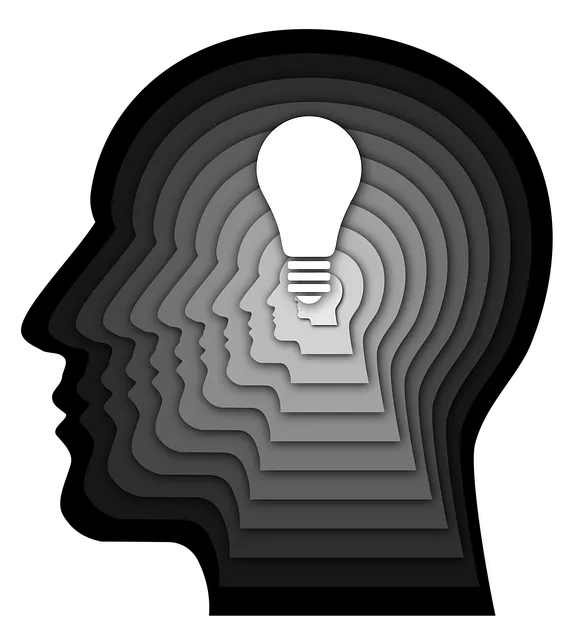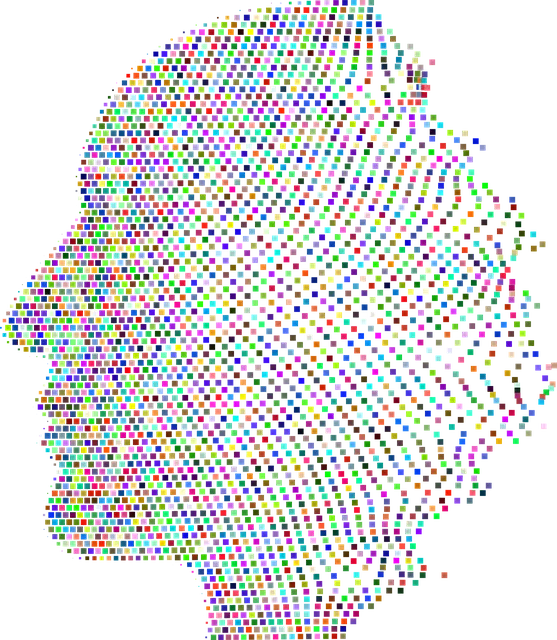Mental health apps backed by organizations like Lafayette Kaiser Permanente are gaining popularity for their tailored, user-centric design and effective features such as personalized therapy plans, virtual consultations, mood tracking, risk management tools, and mental wellness coaching. To succeed, these apps should incorporate evidence-based practices, intuitive navigation, progress tracking, social elements (while addressing privacy), easy access to professional help via telemedicine, self-care routines, and trauma support services. Development requires extensive research, an intuitive interface, collaboration with mental health professionals, risk management planning, and regular testing, as highlighted by Lafayette Kaiser Permanente psychiatry reviews. Widespread adoption can be achieved through strategic marketing, leveraging digital channels, user engagement, and building community around mental wellness.
In today’s digital age, mental wellness apps are gaining prominence as essential tools for managing and improving mental health. This article delves into the development of such applications, guided by insights from Lafayette Kaiser Permanente Psychiatry Services. We explore critical features that enhance user experiences, review best practices, and discuss the marketing strategies needed to reach a wider audience beyond traditional healthcare settings. Leveraging data from Lafayette Kaiser Permanente psychiatry reviews, this guide offers valuable insights for creating impactful mental wellness apps.
- Understanding Mental Health App Needs: A Review of Lafayette Kaiser Permanente Psychiatry Services
- Key Features for Effective Mental Wellness Apps: Best Practices and User Expectations
- Development Process: Building a User-Centric Mental Health Application from Concept to Launch
- Marketing and Engagement Strategies for Mental Wellness Apps: Reaching Users Beyond Healthcare Settings
Understanding Mental Health App Needs: A Review of Lafayette Kaiser Permanente Psychiatry Services

Mental health apps have gained significant traction in recent years, offering a digital solution for individuals seeking support and resources for their mental wellness journey. Among various providers, Lafayette Kaiser Permanente stands out with its comprehensive psychiatry services, providing valuable insights into the needs and preferences of users. The reviews highlight the importance of user-centric design, emphasizing that effective mental health apps should cater to individual needs, whether it’s managing stress, anxiety, or depression.
The Lafayette Kaiser Permanente psychiatry reviews suggest that a successful mental wellness app should incorporate features like personalized therapy plans, access to professionals through virtual consultations, and interactive tools for tracking moods and behaviors. Moreover, integrating risk management planning for mental health professionals can enhance safety protocols, ensuring a supportive environment for both users and providers. Additionally, the implementation of mental wellness coaching programs within apps can foster a sense of accountability and encourage individuals to stick to their treatment plans, ultimately boosting confidence in managing their mental health.
Key Features for Effective Mental Wellness Apps: Best Practices and User Expectations

Mental wellness apps have become increasingly popular, catering to a growing need for accessible mental health support. To effectively address user needs and expectations, these applications must incorporate several key features. Personalized content is a top priority; tailored recommendations based on individual assessments improve engagement and satisfaction. Incorporating evidence-based practices such as cognitive-behavioral therapy (CBT) techniques, mindfulness exercises, and stress management strategies ensures the app’s efficacy.
User experience plays a pivotal role in success. Intuitive navigation, simple interfaces, and regular updates foster continued use. Integrating features for tracking progress, setting achievable goals, and receiving encouraging reminders can enhance user commitment. Additionally, incorporating social components like peer support groups or forums (while balancing privacy concerns) can reduce the Mental Illness Stigma Reduction Efforts. Access to professional help through telemedicine or direct consultations should be readily available, especially for users facing acute episodes, as seen in some Lafayette Kaiser Permanente psychiatry reviews. Facilitating Self-Care Routine Development for Better Mental Health and providing Trauma Support Services are also critical aspects that contribute to the overall well-being of users.
Development Process: Building a User-Centric Mental Health Application from Concept to Launch

The development of a user-centric mental health application involves a meticulous process that prioritizes the user’s experience and well-being. It begins with a deep understanding of the target audience, their needs, and the challenges they face in managing their mental wellness. Through extensive research, including Lafayette Kaiser Permanente psychiatry reviews, developers can gain insights into effective treatments and therapies. This phase is crucial for tailoring the app to address specific concerns, such as mood management, incorporating evidence-based mind over matter principles, and ensuring a safe and supportive digital environment.
As the concept evolves, designers focus on creating an intuitive interface that promotes engagement and encourages consistent use. The development team collaborates with mental health professionals to implement features like personalized therapy sessions, mood tracking tools, and coping mechanism resources. Risk management planning is integrated throughout to safeguard user data and ensure a secure platform. Regular testing and iterations ensure the app meets high standards of functionality and effectiveness, ultimately enhancing the user’s journey towards better mental wellness.
Marketing and Engagement Strategies for Mental Wellness Apps: Reaching Users Beyond Healthcare Settings

Reaching users beyond traditional healthcare settings is a strategic move for mental wellness app developers aiming to foster widespread adoption and engagement. Marketing strategies should focus on creating awareness about the app’s unique value proposition, such as its ability to offer accessible, personalized support for daily mental health management. Leveraging digital channels like social media platforms, where individuals actively seek self-improvement content, can be highly effective. Influencer partnerships with mental health advocates or well-being bloggers could also amplify the app’s reach and credibility.
Incorporating user engagement tactics that go beyond simple downloads is key to long-term success. Encouraging users to share their positive experiences through testimonials or reviews, similar to those found in Lafayette Kaiser Permanente psychiatry evaluations, can build trust and encourage new users to try the app. Additionally, hosting online events like Stress Management Workshops Organization sessions or incorporating Mind Over Matter Principles into the app’s content can engage users and create a community around mental wellness. Self-Care Routine Development for Better Mental Health is another area where apps can excel by offering tailored tips and tracking features, empowering individuals to actively participate in their mental health journeys.
The development of mental wellness apps, as evidenced by Lafayette Kaiser Permanente psychiatry services reviews, is a growing field with immense potential to improve access and quality of care. By incorporating key features identified in best practice guidelines and understanding user expectations, developers can create effective tools that support mental health and well-being. A successful development process, centered around the user, combined with targeted marketing strategies, ensures these apps reach beyond healthcare settings to positively impact a broader audience. This shift towards digital mental health solutions is not only innovative but also essential in today’s tech-driven world.






